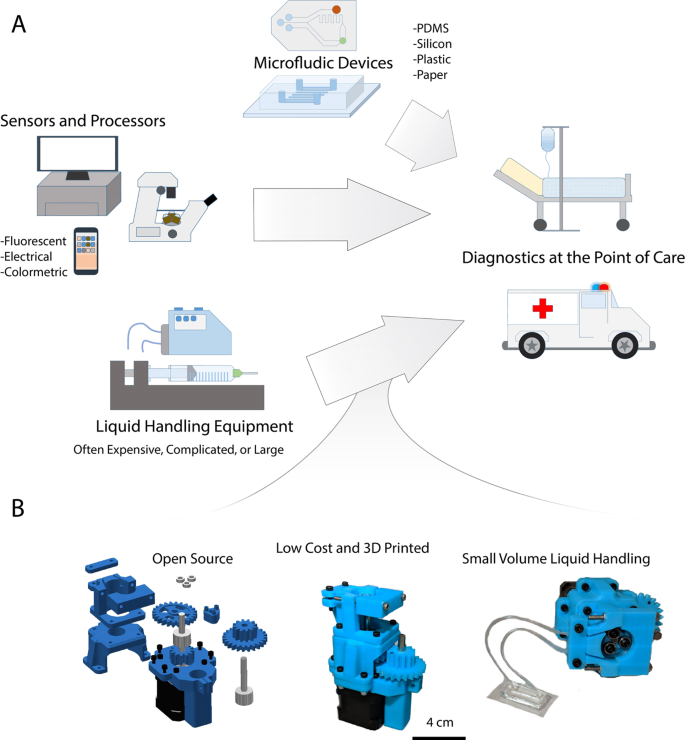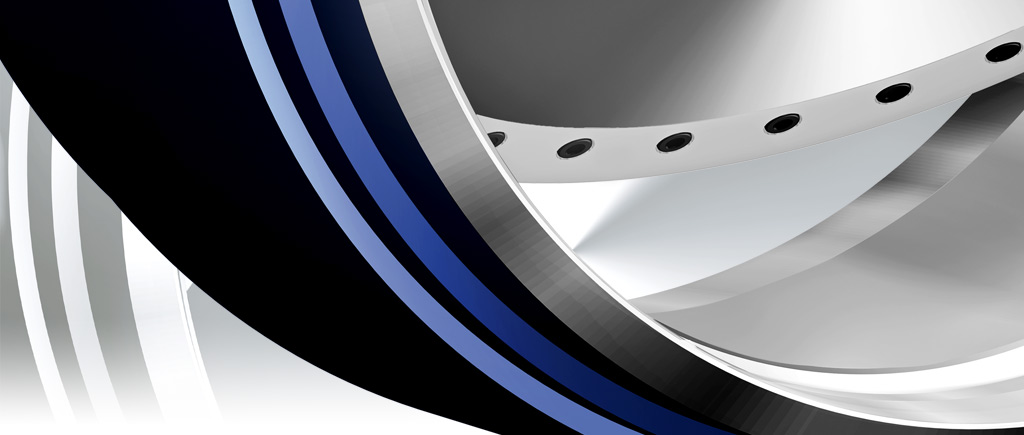

To Apply Composite Minor Losses to a Valve In the Properties window, type the minor loss value in the Minor Loss field.If you have multiple minor loss elements for a valve and would like to define a composite minor loss, or would like to use a predefined minor loss from the Minor Loss Engineering Library, access the Minor Losses dialog by clicking the ellipsis button in the Minor Losses field of the Properties window.


If you have a single minor loss value for a valve, you can type it in the Minor Loss field of the Properties window. Minor losses are used on pressure pipes and valves to model headlosses due to pipe fittings or obstructions to the flow. Valves can have an unlimited number of minor loss elements associated with them.

When an isolation valve is placed, a pipe bend is added at the location of the valve that way if the pipe’s end node(s) are moved later the valve will remain attached to the pipe. Note that for Isolation valves, Left as referred to by the Is offset to the left of referenced link? property is left relative to the pipe's coordinate system (which is the alignment of the pipe), and not the absolute or world coordinate system. Isolation Valves are used to model devices that can be set to allow or disallow flow through a pipe. GPVs can be used to represent reduced pressure backflow prevention (RPBP) valves, well draw-down behavior, and turbines. GPVs are used to model situations and devices where the flow-to-headloss relationship is specified by you rather than using the standard hydraulic formulas. To specify a discharge coefficient, change the Coefficient Type to Discharge Coefficient. If you don’t know the headloss coefficient, you can also use the discharge coefficient, which will be automatically converted to an equivalent headloss coefficient in the program. A TCV is a valve that has a minor loss associated with it where the minor loss can change in magnitude according to the controls that are implemented for the valve. TCVs are used as controlled minor losses. FCVs do not limit the minimum flow rate or negative flow rate (flow from the To Pipe to the From Pipe). These valves do not automatically check flow and will actually boost the pressure in the direction of reverse flow to achieve a downstream grade that is lower than the upstream grade by a set amount.įCVs are used to limit the maximum flow rate through the valve from upstream to downstream. PBVs are used to force a specified pressure (head) drop across the valve. The valve can be in one of three states: partially opened (i.e., active) to maintain its pressure setting on its upstream side when the downstream pressure is below this value fully open if the downstream pressure is above the setting closed if the pressure on the downstream side exceeds that on the upstream side (i.e., reverse flow is not allowed). If the head upstream is lower than the valve setting, the valve will open fully.Ī Pressure Sustaining Valve (PSV) is used to maintain a set pressure at a specific point in the pipe network. If the downstream grade rises above the set value, the PRV will close. Water utilities, municipalities and design engineering firms trust WaterCAD as a reliable, resource-saving, decision-support tool for their water infrastructure.PRVs throttle to prevent the downstream hydraulic grade from exceeding a set value. From fire-flow and constituent-concentration analyses, to energy-consumption and capital-cost management, WaterCAD helps engineers and utilities analyze, design, and optimize water distribution systems. It features advanced interoperability, model building, optimization, and asset management tools. WaterCAD is an easy-to-use hydraulic and water quality modeling solution for water distribution systems.


 0 kommentar(er)
0 kommentar(er)
